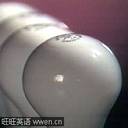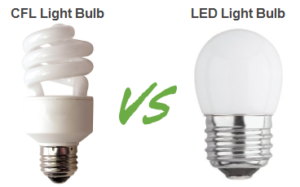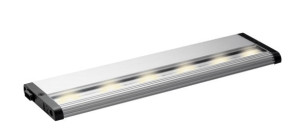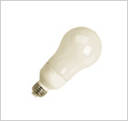 Effective January 1, 2014, lightbulb manufacturers will stop making the popular 40 and 60 watt incandescent lightbulbs. These are the most popular lightbulbs in the country.
Effective January 1, 2014, lightbulb manufacturers will stop making the popular 40 and 60 watt incandescent lightbulbs. These are the most popular lightbulbs in the country.
Consumers for sometime have been able to buy halogen bulbs, compact fluorescent bulbs, LED bulbs and high-efficiency incandescent bulbs. Most of these bulbs are significantly more expensive than the incandescent lightbulb. However their energy and cost savings over the long run are substantial. If you have not already converted from using 60 or 40 W incandescent bulbs, note that the supply will run out shortly in most stores.
Manufacturers Complying with the Law
All manufacturers are compliant with this law. They have no intention of continuing to manufacture incandescent bulbs of the 60 W and 40W variety. Consumers will have no choice but to make the conversion to the more expensive bulbs.
As consumers become more familiar with the energy-saving value of these new lightbulbs they will quickly convert. And incandescent bulb overs time will cost you seven dollars of energy. While an LED bulb will consume two dollars of power under normal circumstances.
Prices are Declining
And the price of all of these bulbs is declining every year as they reach mass production levels. Consumers in North America have an unprecedented opportunity to reduce their electricity cost by using these new bulbs. When you can save money, why not follow the trend and get on with it.
If you do not want to replace all of your lights due to the cost, start by replacing the lights that are always on or at least on for a long time during the day or night time. Reuse the old lightbulbs as needed when other older Incandescent lightbulbs burn out. This is probably the most cost efficient approach to take so that you maximize your energy savings quickly while keeping the replacement cost of the existing lightbulbs at a minimum. Make no mistake these new bulbs will save you money over the long run. LED bulbs are forecasted to have lifetimes of 10 to 20 years depending on the manufacturer and the materials used. This is a long time for a lightbulb to last and can make a huge difference in the cost of electricity used over that time period.
Consumers should look for discounts and coupons offered by various agencies to also help them save money when purchasing replacement bulbs. Both government and some companies are looking to persuade consumers to convert to the new bulbs so check them out and use the coupons to save you even more money.



